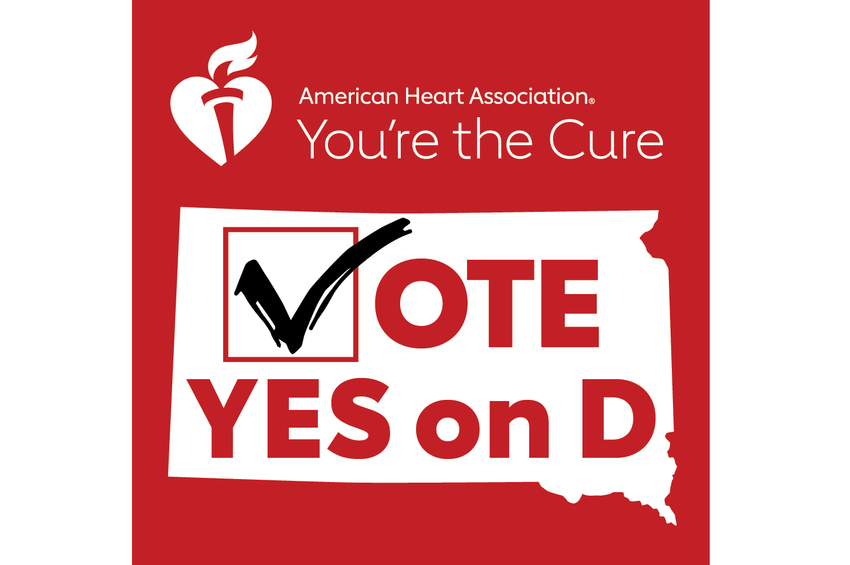So what's next? The House Dems have put forth
their plan, based on more generous subsidies achieved by: (1) lowering the family premium contribution used to calculate the subsidy, and (2) making subsidies available to people over 400% FPL.
Meanwhile,
Joe Biden has his plan and
Pete Buttigieg just released his. A quick read suggests that as far as the subsidies go, they are the same thing (though Mayor Pete has a lot of extra stuff that's interesting, like a central clearinghouse for insurance claims, a national all-payer claims database, and greater antitrust oversight of providers).
Both B's would also make the subsidies more generous, but not quite the way the House Dems would. They would make the benchmark a gold plan, instead of the current silver, while as far as I can tell leaving the contribution percentage the same, other than lowering the upper limit of it to 8.5%. (I'm pretty sure Families USA was the first to suggest rescaling the subsidies to gold plans years ago.)
My read of where things stand in short:
Household income |
Max % of income put toward premiums
(ACA) |
Max % of income put toward premiums
(House Dems) |
Max % of income put toward premiums
(Biden-Buttigeg) |
| Silver Benchmark | Silver Benchmark | Gold Benchmark |
| 100%-133% FPL | 2.08% | 1.04% | 2.08% |
| 133%-150% FPL | 4.15% | 2.07% | 4.15% |
| 150%-200% FPL | 6.54% | 4.15% | 6.54% |
| 200%-250% FPL | 8.36% | 6.23% | 8.36% |
| 250%-300% FPL | 9.86% | 7.27% | 8.5% |
| 300%-400% FPL | 9.86% | 8.82% | 8.5% |
| 400% FPL and up | - | 8.82% | 8.5% |
...
So a family buying the benchmark under B-B pays the same premium as it does today under the ACA (except at the upper end of the income distribution, due to the lower cap)--but it's for a more generous benchmark plan! If you're lower income and eligible for a CSR plan, that part matters less since you're probaby already getting something more generous than gold coverage. But if you're not, this helps substantially with getting a lower deductible/OOP spending plan.
Whereas under the House Dem plan a family would pay
less in premiums toward the benchmark--but it's the same benchmark as today. The result is that the subsidies are more generous and thus it's easy to buy up to the gold tier. But not nearly as easy as under B-B. I'd estimate that, all things being equal, B-B would pump at least 3-4 times as much money into affordability as the House Dem plan, meaning it would make that much more of a difference for families. Of course B-B would likely be more effective at pulling more people into the marketplaces, which has a positive feedback on premiums so perhaps some of that expense would be offset.
But as far as I can tell, neither B mentions reinsurance, which would re-set premiums downwards and thus can be more than revenue neutral by drawing into the market people currenty sidelined by high premiums. The House Dems' bill does have reinsurance.
Perhaps we'll end up with an amalgamation: the House Dems' reinsurance and B-B's gold benchmarks.





